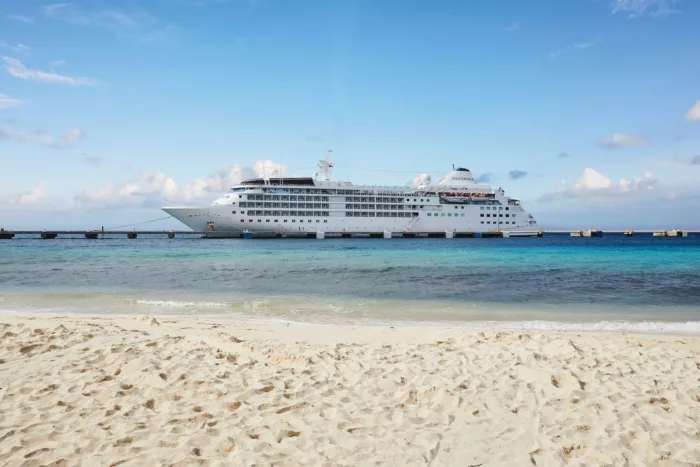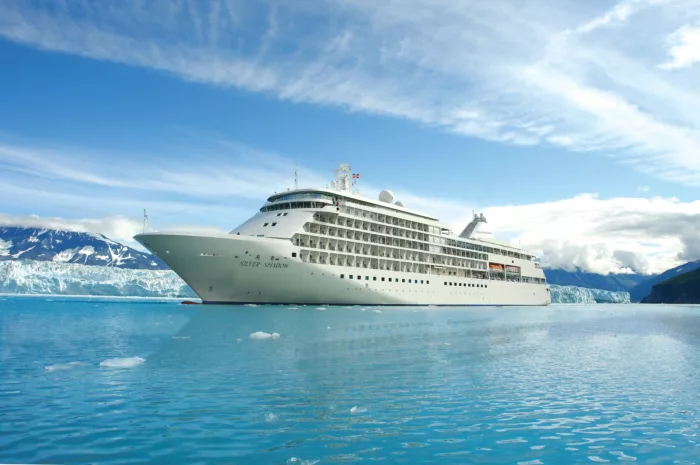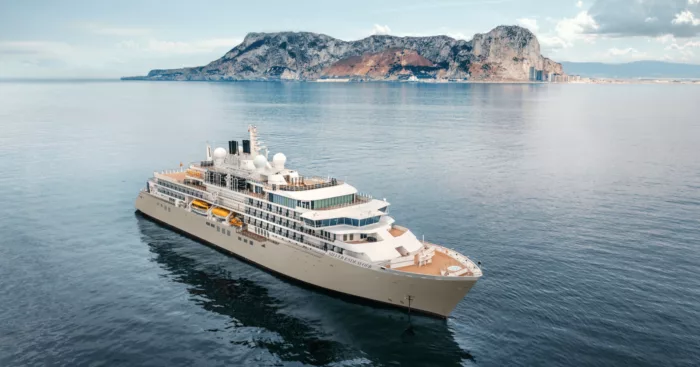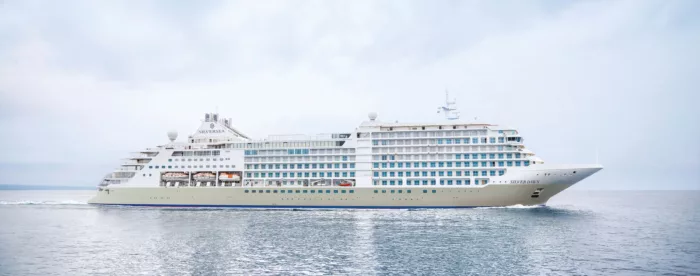Visiting:
Europe
Silversea Cruises
Wellness should be about balanced indulgence, not self-sacrifice - that's the philosophy behind Silversea's new programme called Otium, named after the Roman leisure time dedicated to bathing, talking, singing, drinking, eating and relaxing. The easygoing regime includes a 24-hour room-service menu of comfort food, as well as new spa treatments, relaxing baths and hot chocolate served on your balcony.
274
Passengers
239
Crew
1995
Launched
2021
Last refit
17400t
Tonnage
155m
Length
21m
Width
17kts
Speed
6
Decks
USD
Currency
Cruise Itinerary
Day 1
Portsmouth, England
Day 2
Sark, England
Day 3
Tresco, England
Day 3
Saint Mary's, Isles of Scilly, England
Day 4
Kinsale, Ireland
Day 5
Dingle, Ireland
Day 6
Inisheer, Ireland
Day 6
Kilronan, Aran Islands, Ireland
Day 6
,
Day 7
Tory Island, Ireland
Day 8
St. Kilda Archipelago, Scotland
Day 8
,
Day 9
Shiant Isles, Scotland
Day 9
Dunvegan, Scotland
Day 10
Inverie, Scotland
Day 11
Isle of Iona, Scotland
Day 11
Isle of Lunga, Scotland
Day 12
Belfast, Northern Ireland
Day 13
Dublin, Ireland

Day 1
Portsmouth, England

Day 2
Sark, England

Day 3
Tresco, England

Day 3
Saint Mary's, Isles of Scilly, England

Day 4
Kinsale, Ireland

Day 5
Dingle, Ireland

Day 6
Inisheer, Ireland

Day 6
Kilronan, Aran Islands, Ireland

Day 6
,

Day 7
Tory Island, Ireland

Day 8
St. Kilda Archipelago, Scotland

Day 8
,

Day 9
Shiant Isles, Scotland

Day 9
Dunvegan, Scotland

Day 10
Inverie, Scotland

Day 11
Isle of Iona, Scotland

Day 11
Isle of Lunga, Scotland

Day 12
Belfast, Northern Ireland

Day 13
Dublin, Ireland
Ship Details

Silversea Cruises
Silver Wind
Break new waters with Silver Wind.
Cabins
All Prices


















